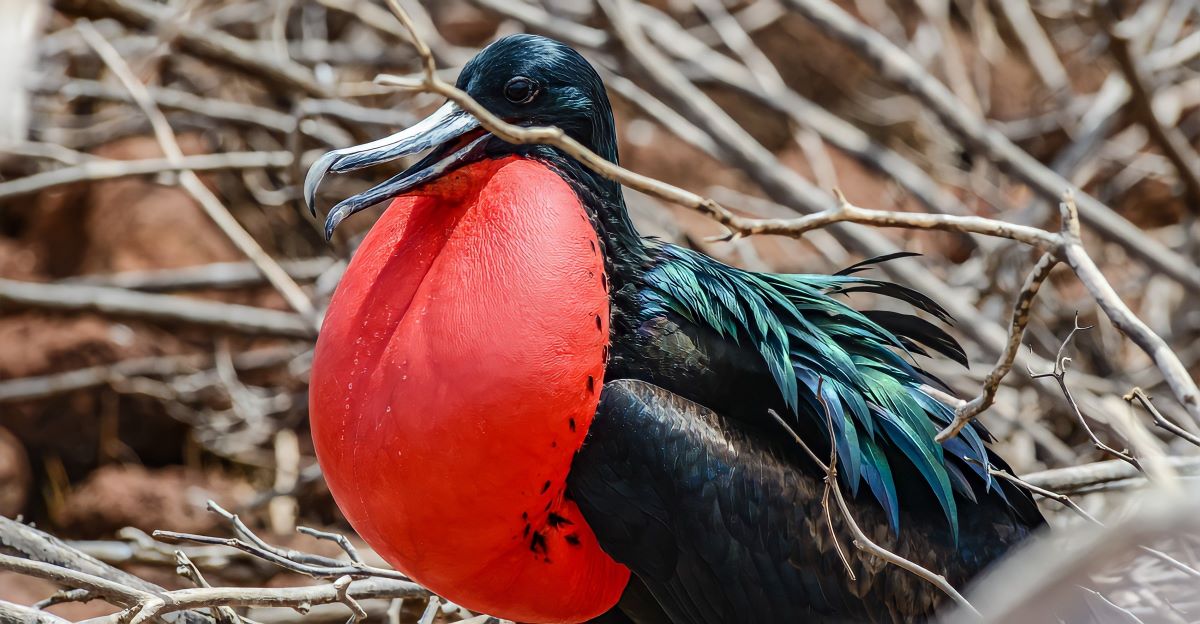
Some birds dazzle us with their beauty, others with their songs, but a few push the limits of what birds are even thought capable of. These extraordinary creatures break the rules of flight, biology, and even partnership with humans.
One has metal in its feathers. Another sings while swinging upside-down. There’s even a species that asks people for help. Their behaviors are so surprising, they feel almost fictional—but they’re all real. Let’s meet nine birds that are redefining the rules of nature in truly incredible ways.
1. The Common Poorwill: The Bird That Hibernates
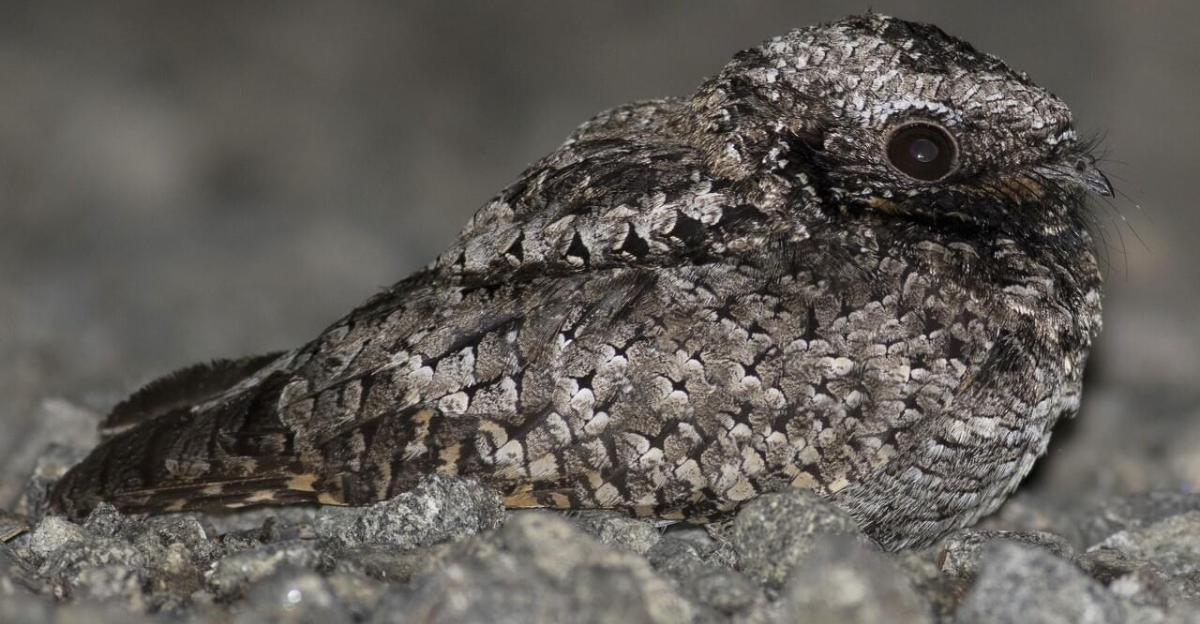
Hibernation is typically associated with mammals like bears, but one bird in North America has joined the club. The common poorwill, a small nightjar found in arid western regions, is the only bird species known to enter true hibernation.
During cold months or food shortages, it slows its heartbeat and breathing, dropping its body temperature drastically to conserve energy. Nestled against rocks or among dry brush, the poorwill stays completely still for weeks or even months.
This behavior helps it survive in harsh climates where insect prey disappears in winter. It’s a rare example of avian torpor taken to an extreme.
2. The Greater Honeyguide: The Bird That Asks for Help
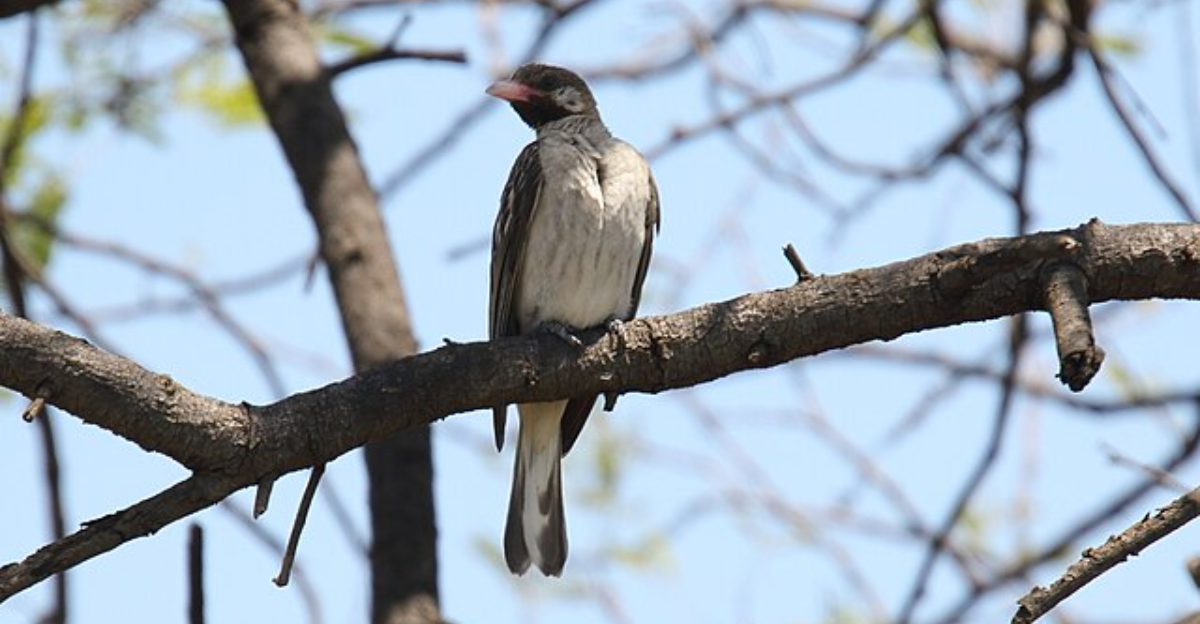
In parts of Africa, the greater honeyguide has developed a remarkable partnership with humans. This unassuming brown bird feeds on the wax and larvae of wild bees, but it needs assistance to access well-guarded hives.
When it finds a nest, the honeyguide emits a distinct, squeaky call to attract human attention. Then, it flies ahead in short bursts, leading honey-hunters directly to the bees. After the hive is raided, the bird returns to feed on the leftover wax.
This unique collaboration benefits both species—humans get honey, and the bird gets its preferred food, making it a rare case of cross-species teamwork.
3. The Hoatzin: The Bird That Behaves Like a Cow
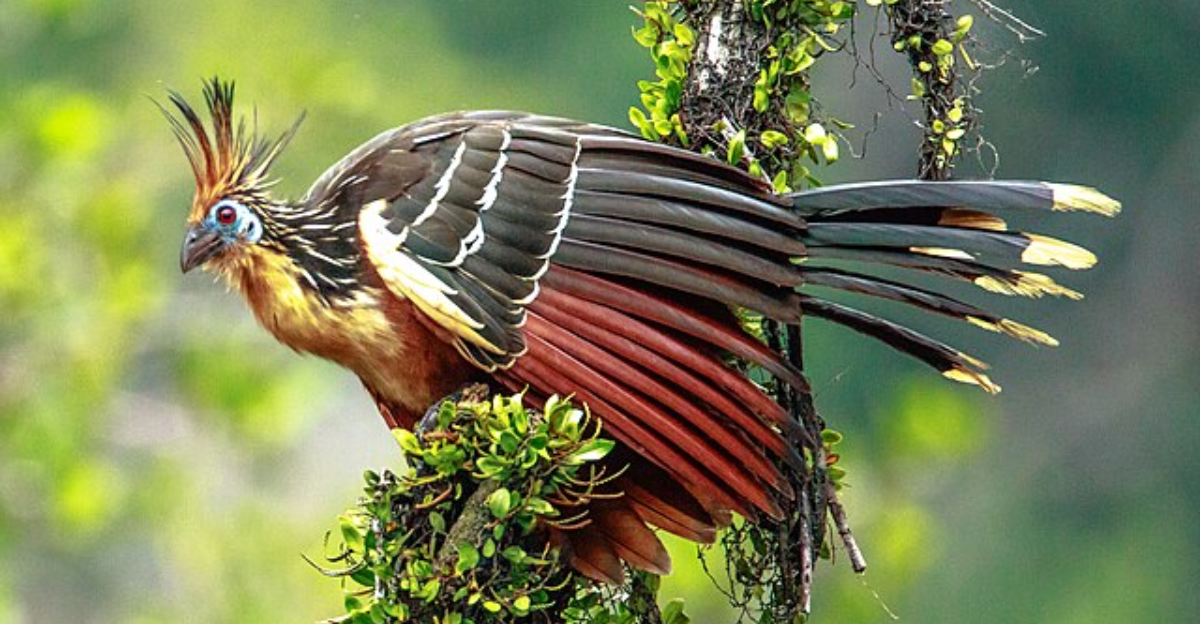
Found in Amazonian swamps, the hoatzin is one of the strangest birds on Earth. Its chicks have claws on their wings, helping them climb trees like prehistoric creatures. But what truly sets the hoatzin apart is its diet—it feeds almost exclusively on leaves.
To digest this tough, toxin-filled food, it uses a fermentation process in an enlarged crop, much like how cows digest grass. This slow digestive method gives the bird its local nickname: the “stink bird,” due to its foul odor and gas emissions. With dinosaur-like features and cow-like digestion, the hoatzin is evolution’s most eccentric bird.
4. The Oilbird: The Bird That Flies in Total Darkness
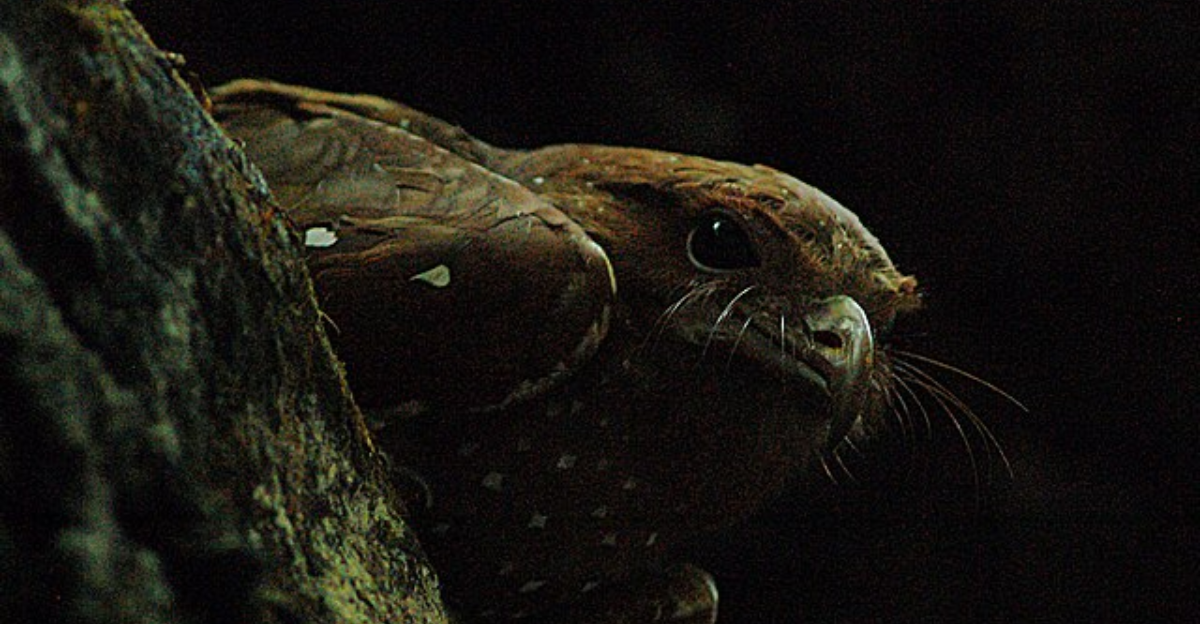
The oilbird of South America is a nocturnal frugivore with a fascinating twist—it uses echolocation, much like a bat. Nesting deep in pitch-black caves, it produces a series of sharp clicks and listens for echoes to “see” its surroundings through sound. This rare skill allows oilbirds to fly and navigate in complete darkness without colliding with others.
With its hooked beak, spotted plumage, and eerie screeches, it earned the nickname “guácharo,” or “the one who cries.” These birds form large, noisy colonies and were once harvested for their fat-rich chicks, giving the species both ecological and historical significance.
5. The Montezuma Oropendola: The Bird That Sings Upside-Down
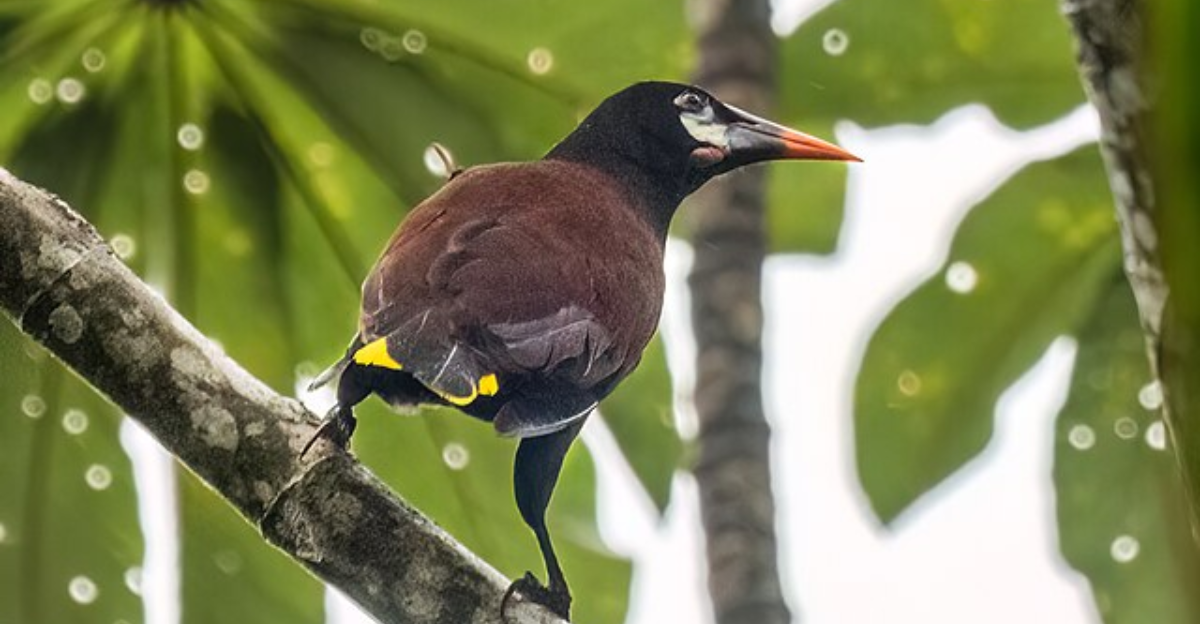
In the tropical forests of Central America, the Montezuma oropendola performs one of the strangest courtship displays in the bird world. Males produce a cascade of gurgles and rattles with an odd, metallic tone—all while hanging upside-down and swinging beneath a branch.
This dramatic performance not only impresses females but also amplifies the sound. The oropendola often nests near colonies of aggressive wasps, which help protect its chicks from parasites.
With its unique voice, acrobatic habits, and strategic nesting choices, this bird proves that the path to mating success can be as theatrical as it is inventive.
6. The Livingstone’s Turaco: The Bird With Metal in Its Feathers
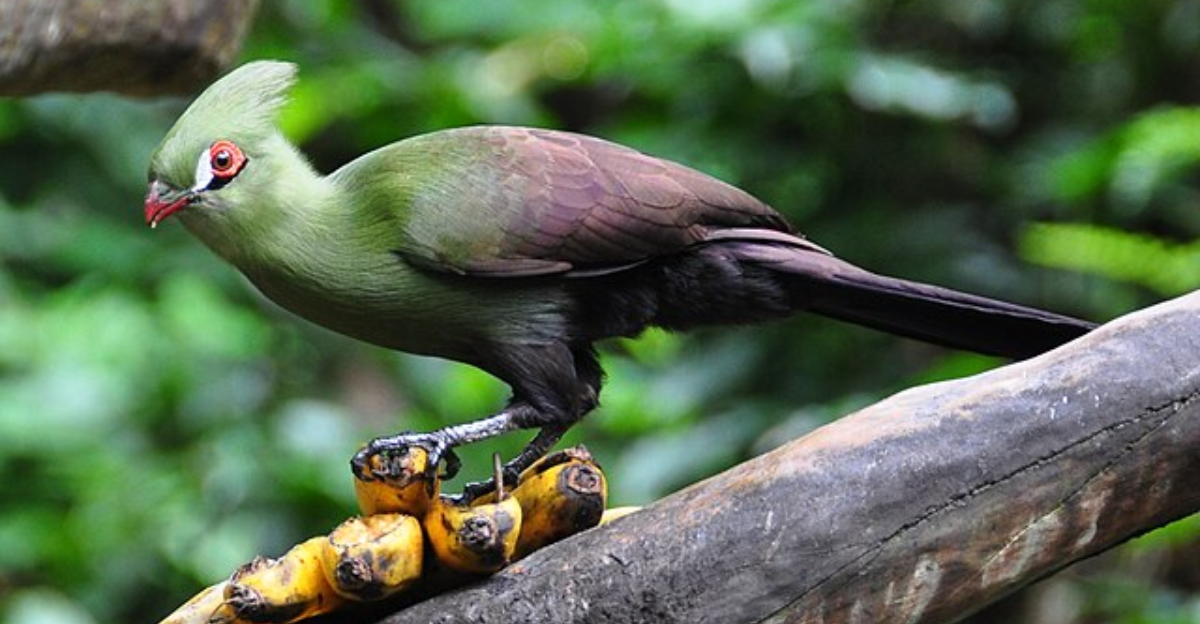
Livingstone’s turaco stands out with its vivid red and green feathers, but the color isn’t just for show—it’s chemical. Unlike most birds, which rely on feather structure to reflect green light, turacos use unique pigments called turacoverdin and turacin. Both contain copper, a rare feature in the animal kingdom. This striking coloration comes from their fruit-heavy diet, which happens to be rich in copper.
Over time, enough of the metal accumulates in their feathers to produce hues no other bird has. It’s why turacos are considered the only truly green birds—others just create the illusion.
7. Great Frigatebird: The Bird That Sleeps Sleeps While Flying

Unlike any other known bird, the great frigatebird can sleep mid-air—essential for surviving its long ocean journeys. A 2016 study by the Max Planck Institute revealed that these seabirds rest one half of their brain at a time while flying, keeping the other alert to navigate.
Occasionally, they even shut down both brain hemispheres for a few seconds. Lacking waterproof feathers, frigatebirds can’t land on the sea, so this aerial sleep adaptation is vital. Though only proven in frigatebirds, researchers suspect other nonstop fliers, like alpine swifts, may also snooze on the wing.
8. The Hummingbird: The Bird That Flies Backwards
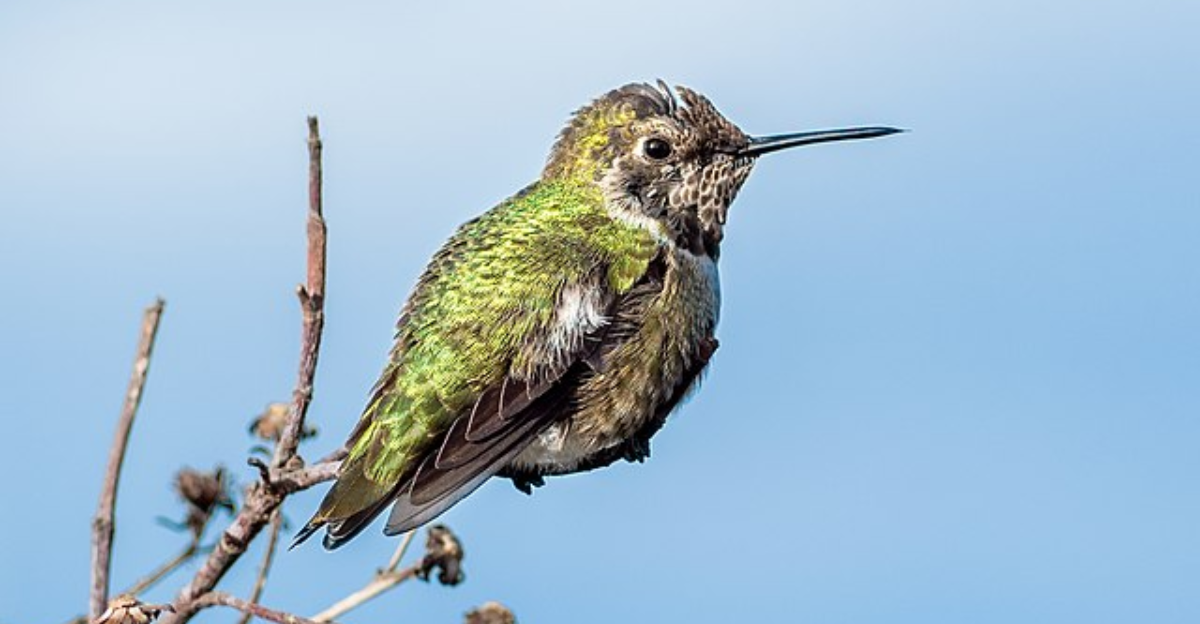
Hummingbirds are aerodynamic marvels, capable of maneuvers that defy physics. With wingbeats up to 80 times per second and a heart rate that can hit 1,200 beats per minute, they’re built for motion. Unlike other birds, they rotate their wings in a full circle, generating lift on both the upstroke and downstroke.
This allows them to hover, dart sideways, and fly backward—a feat no other bird truly masters. To fuel this agility, they consume their body weight in nectar daily. Their flight style is so unique, it’s closer to an insect’s than a bird’s, making them nature’s tiniest acrobats.
9. Bearded Vulture: The Bird That Eats Bones
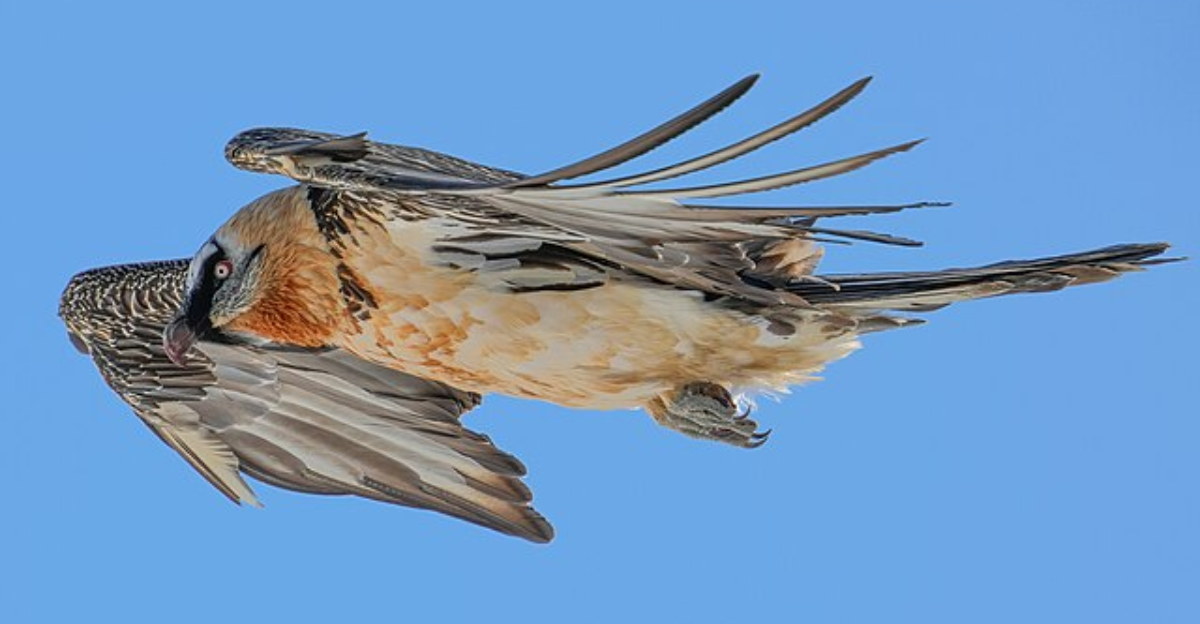
The bearded vulture is the only vertebrate known to survive almost entirely on bone. Up to 90% of its diet is skeletal remains, which it prefers over meat. Bones are energy-rich, especially the marrow, but hard to digest—unless you’re a bearded vulture. With stomach acid close to pH 0.7, it can dissolve bone fragments with ease.
For larger bones, it soars high and drops them onto rocks to smash them open, earning its Spanish name quebrantahuesos—“bone-breaker.” Its unique diet and powerful digestive system make it one of the most extraordinary scavengers in the animal kingdom.
Explore more of our trending stories and hit Follow to keep them coming to your feed!

Don’t miss out on more stories like this! Hit the Follow button at the top of this article to stay updated with the latest news. Share your thoughts in the comments—we’d love to hear from you!







